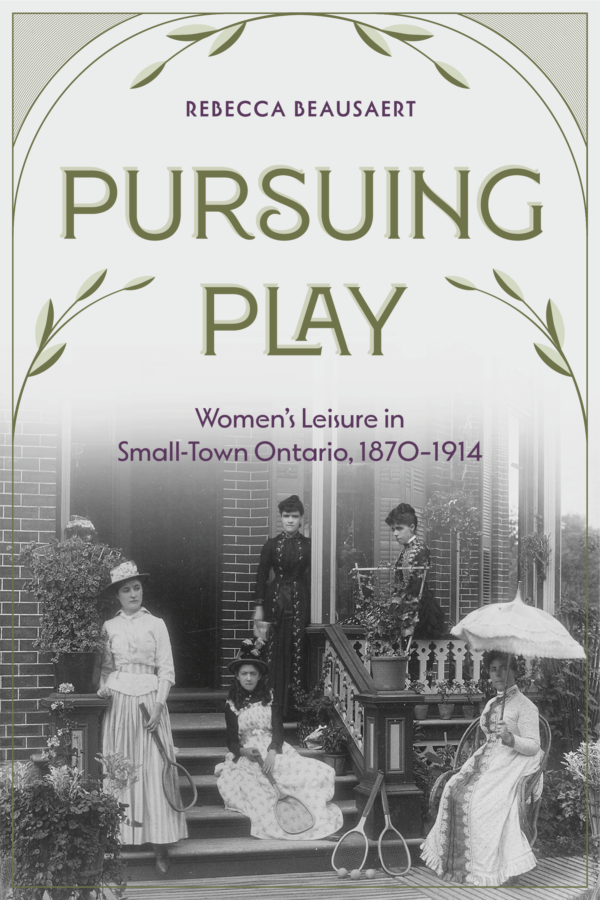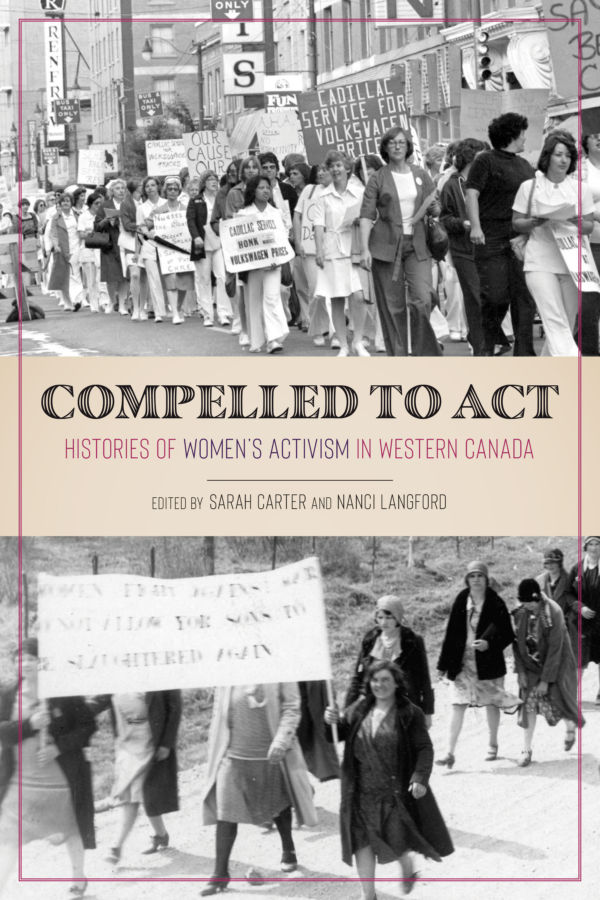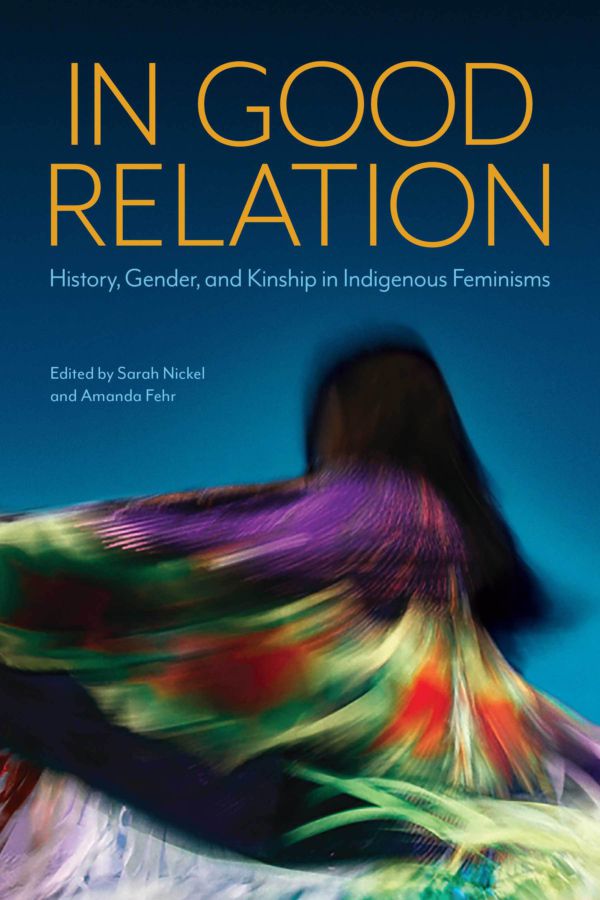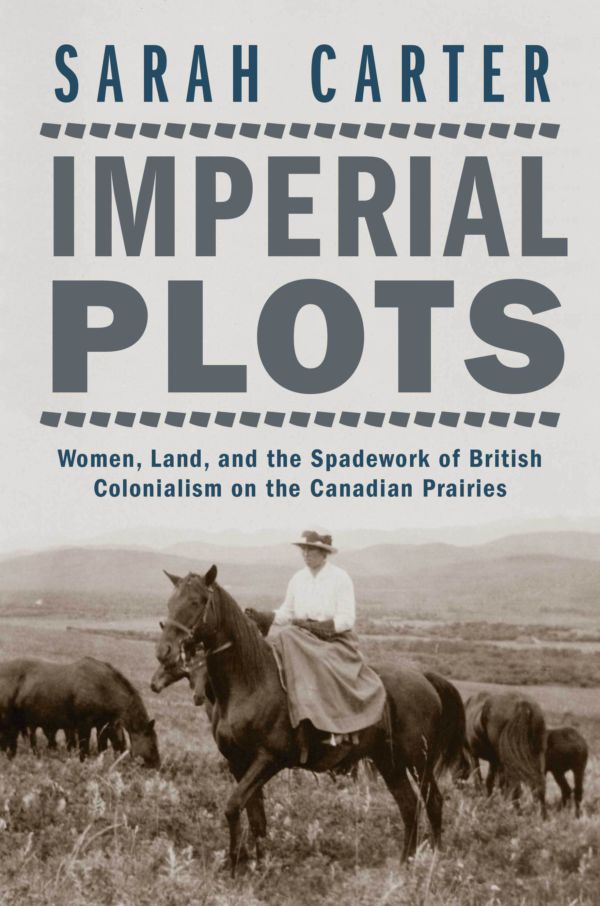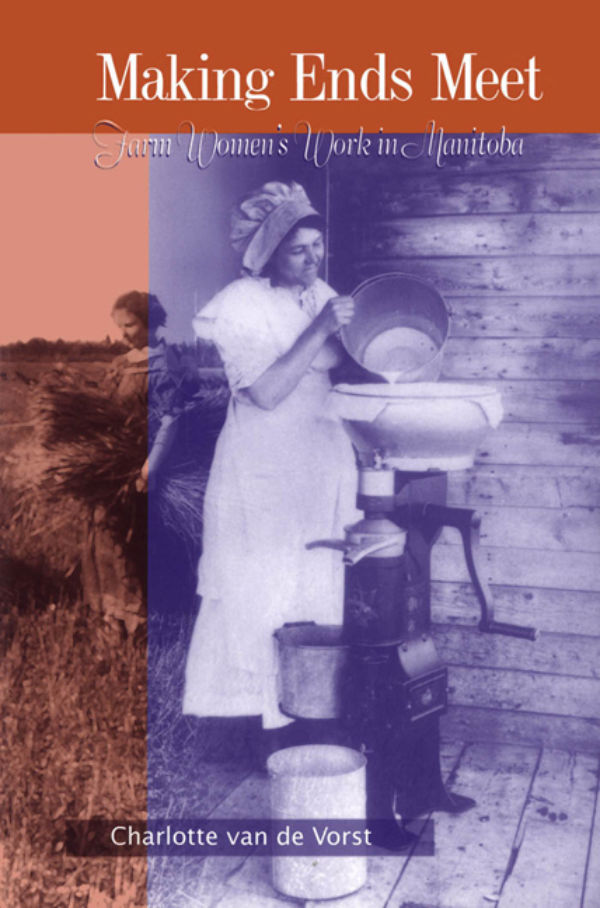Overview
Levelling the playing field
Life in the Canadian countryside at the turn of the twentieth century is often generalized as insular, backwards, and defined by drudgery. These assumptions are redressed in Rebecca Beausaert’s Pursuing Play, which highlights the complexity of small-town culture through a lively examination of women’s efforts to negotiate space for themselves and their leisure pursuits.
Amply illustrated, Pursuing Play draws on diaries, letters, newspapers, and census records to investigate women’s recreational activities in three southern Ontario towns—Dresden, Tillsonburg, and Elora—between 1870–1914. Though women’s recreational choices were restricted by pervasive ideas about propriety, Beausaert reveals how they increasingly spearheaded both formal and informal clubs, events, and social gatherings, and integrated them into their daily lives.
In telling the story of what small-town women did for fun while navigating social hierarchies, nurturing ties of kinship and friendship, and advancing community development, Pursuing Play adds a new dimension to Canadian histories of gender, leisure, and popular culture. Encompassing public and private pastimes, the growth of sports, the phenomenon of “armchair travelling,” and how easily recreation can slip from reputable to disreputable, this rich study uncovers how gender, class, and ethnicity shaped the nature and scope of women’s leisure in small-town Ontario and beyond.
Reviews
“Interesting, original, thoroughly researched, and beautifully written, Beausaert’s book accords much-needed attention to many crucial fields of historical inquiry. Pursuing Play offers a nuanced and thoughtful analysis, paying unusually close attention to issues of race and class as they relate to small-town communities.”
Monda Halpern, Professor of History, Western University
About the Author
Table of Contents
List of Tables
List of Figures
Introduction
Chapter 1 Situating the Small Town: Dresden, Tillsonburg, and Elora from Foundations to 1914
Dresden
Tillsonburg
Elora
Class and Social Stratification
Setting the Stage for Leisure: Late Nineteenth-Century Developments
Conclusion
Chapter 2 A Reconnaissance of Recreation: Leisure in Public Spaces
Religion
Public and Commercial Entertainments
Clubs and Societies
Conclusion
Chapter 3 Safeties, Skates, and Sleds: Sports and Physical Recreation for Women
Cycling
Sleighing, Sledding, and Skating
Ladies and Lawns
Conclusion
Chapter 4 Crazy Teas and Christmas Trees: Leisure at Home
“Happy Homes Make Happy Hearts”
“True Hospitality”: Social Dining
Holy Days, Hallowe’en, and the Home
Conclusion
Chapter 5 Armchair Tourists: Fictitious Travel in Tillsonburg
Around the World in a Day
The Tillsonburg Ladies’ Travel Club
Conclusion
Chapter 6 Vacationers and “Staycationers”: Leisure Out of Doors
The Elite Vacationer
Just a Train Ride Away: Day Trippers, Excursionists, and “Staycationers”
“O, lovely Elora!”: Marketing the Small Town
Conclusion
Chapter 7 Bad Girls in the Country? When Leisure Slipped from Reputable to Disreputable
The Rural-Urban Dichotomy
Forging the Rural “Girl Problem”
Familial Regulation of Youth and Its Limits
Communal Censure from Informal Reprimands to Town and Municipal Bylaws
Sex and the Criminal Justice System
Conclusion
Conclusion
Notes
Bibliography
Index

